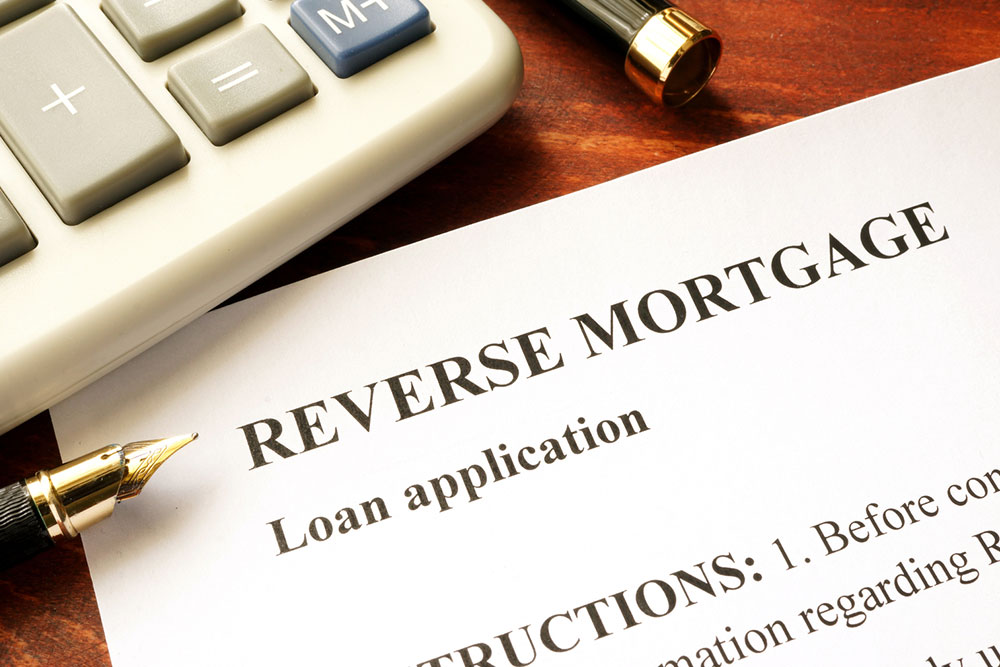A quick guide to reverse mortgage
Unlike traditional home loans, it is hard to find information about reverse mortgages such as what it is, the best rates available for seniors, and who qualifies for this type of loan. Moreover, any information available is difficult to comprehend. However, this article aims to help you out with this.

Reverse mortgage, also called Home Equity Conversion Mortgages (HECM), refers to the credit you receive in exchange for the equity of your fully-owned primary home. As no regular mortgage payments are involved, this is beneficial for retired citizens who want to augment their income or require funds for a rainy day.
Like with any other loan though, there are a variety of costs linked to reverse mortgages. One needs to pay mortgage insurance premiums (MIP), origination fees, third-party charges, and servicing fees for these loans.
The United States Department of Housing & Urban Development (HUD) issues monthly statistics on the rates of interest (ROI) for reverse mortgages. Interest rates differ depending on the amount of loan you qualify for, the type of loan you chose, and whether it is a Government or privately funded loan.
The uniqueness of a reverse mortgage is that one needs to repay it only under the following conditions:
- At the end of the loan’s tenure
- If the borrower is selling the home
- If the borrower is moving out of the house permanently
- If the borrower passes away
- If the borrower defaults on the loan
The ROI depends on a few factors like your age, your home’s location and equity, and the disbursement option you choose.
Borrowers get two interest options, fixed and variable ROI. Fixed rates are decided by investors, and several government agencies are assigned to keep these rates stable. However, the more popular choice is the monthly variable rates. Semi-annual or annually variable ROIs are also available.
In a variable ROI, the lender sets an index and a margin. The margin is the interest percentage added to the index. After the loan is created, the margin remains unaltered, while the index oscillates according to the financial market conditions, and is not under the control of the lender.











